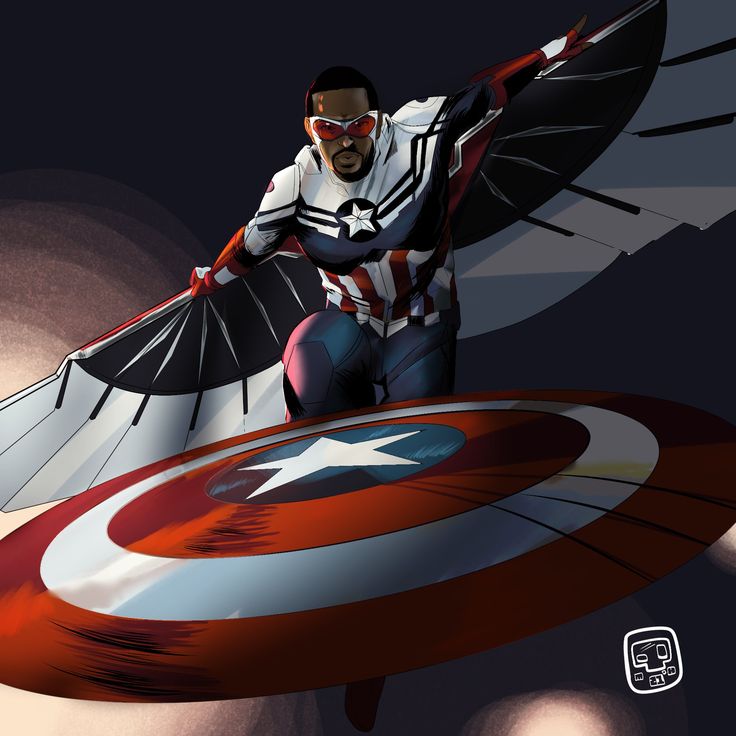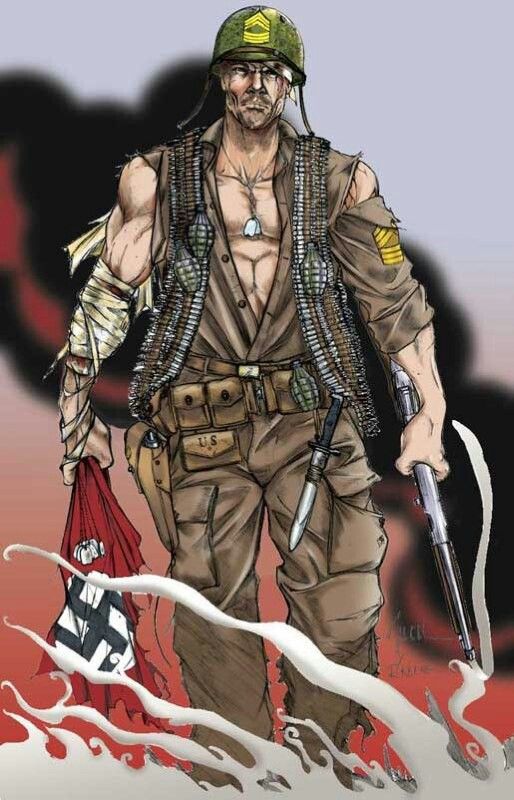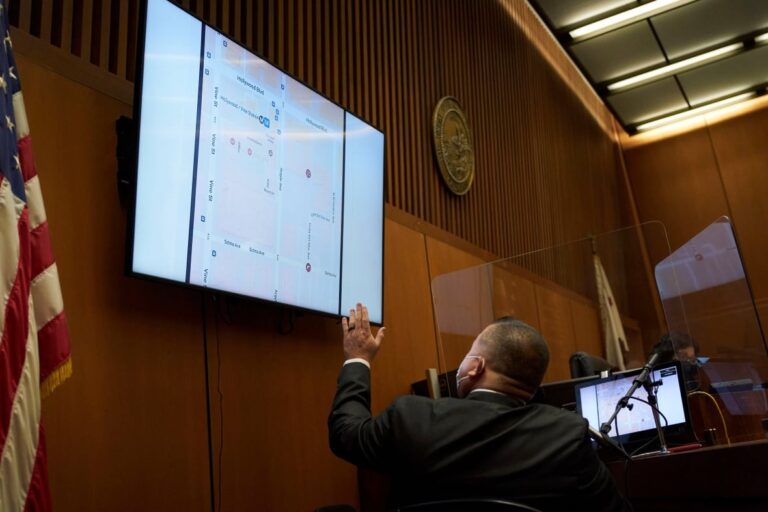
Audience
- Sentiment: Positive
- Political Group: Liberal
- Age Group: 18-34
- Gender: Male
Overview
- Sam Wilson’s transformation into Captain America symbolizes hope and representation in modern heroism.
- The film introduces complex villains like the Red Hulk and the Leader, raising the stakes for the characters.
- The post-credits scene hints at multiverse threats, setting the stage for expansive storytelling in future MCU projects.
Captain America: Brave New World – The Dawn of a New Era
The Marvel Cinematic Universe (MCU) has been on a wild ride for over a decade, filled with heroes, villains, and intergalactic adventures. As fans eagerly awaited the next big step for Captain America, “Captain America: Brave New World” delivered a thrilling experience that showcased not just action-packed sequences, but also character development and significant story arcs that will shape the future of the MCU. In this article, we will delve deeper into the plot, the characters, and the implications of the film’s conclusion, particularly focusing on Anthony Mackie’s portrayal of Sam Wilson, aka the new Captain America.
The Torch is Passed
One of the most emotional aspects of “Captain America: Brave New World” is the passing of the shield from Steve Rogers, portrayed by Chris Evans, to Sam Wilson. Throughout the MCU, we’ve grown to love Captain America. The feelings of leadership, responsibility, and sacrifice are all encapsulated in the character of Steve Rogers. When Sam first appeared as the Falcon, we saw his bravery and loyalty, but becoming Captain America is a whole different ballgame.
Sam’s transition into Captain America is a powerful statement. It represents hope and continuity. Just as the original Captain America stood for freedom and justice during World War II, Sam Wilson embodies those same ideals, updated for a modern world. His character’s struggle also reflects real-life issues regarding race, identity, and what it means to be a hero today. In taking up the mantle of Captain America, Sam stands as a symbol that heroism can come from anyone, regardless of their background, showcasing how important representation is in today’s media.
Facing the Red Hulk
One of the movie’s pivotal moments is the introduction of the Red Hulk, portrayed by the legendary Harrison Ford as Thaddeus “Thunderbolt” Ross. Ross’ character has been present in the MCU for many years, often in opposition to the Avengers. His transformation into the Red Hulk serves as a formidable obstacle for Sam Wilson. The film brings a unique dynamic to the hero-villain relationship; Ross isn’t simply a one-dimensional villain but a complex character who is often driven by his own ideals of power and control.
In the film’s climactic battle at the White House, we see not only immense action but also a deep sense of strategy and strength. Sam Wilson, now Captain America, has to rely on his smarts and his values to defeat the Red Hulk. The dynamic between the two characters highlights how Power doesn’t just come from brute force, but also from determination and moral conviction. This deeply resonates with audiences, showing that courage can prevail even in the face of overwhelming odds.
The Leader’s Dark Games
Just when you think you know the whole story, the film takes a dark twist. Samuel Sterns, aka the Leader, played by Tim Blake Nelson, is revealed to be the puppet master behind Ross’s transformation into the Red Hulk. Sterns is a classic “mad scientist” archetype in the MCU, and his presence raises the stakes significantly. His actions spark catastrophic events, leading to chaos not just in Washington but possibly for the entire world.
Sterns embodies the idea that power can corrupt even the noblest of intentions. It’s a reminder that sometimes, those who want to change the world can inadvertently cause chaos. The film portrays him as a manipulative character whose ultimate goal is yet to be revealed. His shadowy presence looms over the conclusion, making audiences wonder what his next move will be.
A Future Full of Multiversal Threats
The post-credits scene leaves us with a sense of impending doom. Sterns ominously alludes to threats from other dimensions, setting the stage for something much larger. For many fans, this is an exciting turn of events. The multiverse has been a huge part of recent MCU films and shows, hinting at alternate realities and bringing back beloved characters from past franchises. The mention of future threats and the expanding multiverse signifies that the MCU is preparing to explore much bigger storylines in upcoming projects like “Doomsday” and “Secret Wars.”
The multiverse opens up endless possibilities. It allows characters to cross paths in surprising ways, gives room for parallel versions of heroes we know and love, and introduces entirely new characters. For instance, the anticipated return of Dr. Doom, played by Robert Downey Jr. in one of these upcoming films, raises the question: How will he fit into this new narrative?
This expanding universe offers opportunities for thrilling battles, unexpected alliances, and emotional character arcs—particularly important is Sam Wilson’s development as Captain America as he faces these new threats. Will he rise to the occasion and inspire the next generation of heroes, just as Steve Rogers did before him?
The Evolution of Bucky Barnes
Another exciting storyline within “Brave New World” is the evolving role of Bucky Barnes, played by Sebastian Stan. Once known as the Winter Soldier, Bucky has struggled with his past, grappling with the effects of manipulation and trauma. In this film, we see hints of his character shifting toward a political path. This development opens up questions about what kind of leader Bucky might become and how he will support Sam as he navigates his new duties as Captain America.
Bucky’s journey reflects how people can change and grow after facing their demons, which is a powerful message. As he potentially transitions into a political role, we can only speculate how this will influence the MCU and what kind of dilemmas they will face together as a duo. Their friendship forms a central part of the narrative, emphasizing loyalty and support in the face of conflicts.
Conclusion: A New Era Begins
“Captain America: Brave New World” effectively plants the seeds for what’s next in the MCU. Through action-packed sequences, deep character arcs, and vast multiverse implications, the film not only pays homage to a beloved character but also lays the groundwork for new stories and challenges that await this generation of heroes.
With Sam stepping into the Captain America role, we can anticipate tremendous growth and development as a character, alongside Bucky’s potential rise in the political arena and the encroaching multiverse threats that looms large. The film reminds us that, in the world of heroes, new beginnings often come with great challenges, and it’s up to those who rise to the occasion to prove their worth.
As we eagerly await upcoming MCU films, we can’t help but wonder: Are Sam Wilson and his new team of superheroes ready to protect not just Earth, but multiple realities from impending doom? What do you think lies ahead for our heroes in this vast multiverse? Share your thoughts in the comments!






